Voigtlander Bessa R2C with Zeiss 50mm F1.5 Sonnar
No one is going to confuse me with a hipster when I’m out and about with one of my older film cameras. Not at my age. That gives me some cover when I load up the camera bag for a photo outing. But no matter what your age, if you’re using a camera and lenses that are about as old as you are, if not older, one quickly comes to appreciate a modern camera body. Things like big, bright viewfinders. Easy loading of film. And yes, an accurate meter.
That’s what led me three years ago pick up a Voigtlander Besssa R2C, a curious short-run 35mm rangefinder body produced in the early 2000s.
Cosina had the courage to reengineer its M-mount R2 series rangefinder with a Zeiss Contax lens mount that hadn’t been made since the 1960s (along with a companion Nikon rangefinder mount body, the R2S). I’d been shooting with the beautiful, if quirky, Zeiss Ikon Contax IIa, and four Contax mount lenses: Zeiss 35mm F2.8 Biogon; Zeiss 50mm F1.5 Sonnar; Nikkor 85mm F2; and, Zeiss 135mm F4 Sonnar. The Zeiss body and lenses, as best as I can determine, were built in the early 1950s. The Nikkor is a 1955 copy. The lenses are why you use gear this old. They render in the classic Zeiss way – plenty sharp when and where you need it, but without the clinical, knife-edge sharp look of modern optics. And they’re small, making for a manageable bag even carrying all four lenses and the necessary rotary, multi-focal length viewfinder.
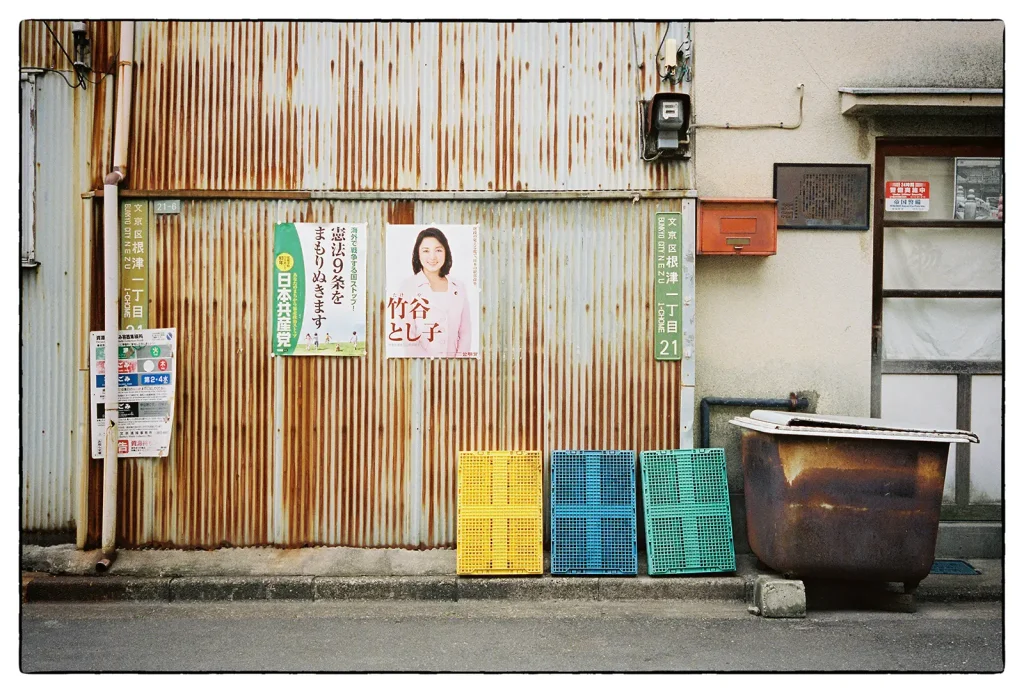
The Voigtlander Bessa R2C has four features that make it a better shooter than the original, albeit more beautiful, Contax IIa. They are: self-selecting and separate frame lines for 35mm, 50mm and 85mm; a big, bright viewfinder; a hinged swing-back for easy loading and unloading of film; and, a basic center weighted TTL meter with color diode lights to indicate over or under exposure.
OK, the Voigtlander Bessa R2C vertical metal focal plane shutter isn’t as quiet as the “snick” of the Contax IIa’s vertical-travel metal shutter curtains. But it’s a solid metal body that feels good in the hand, there’s no squinting into a tiny rear viewfinder port, no having to reposition an eye from rangefinder-viewfinder to the turret viewfinder to frame a shot, and you don’t have to commit both hands to take off the back to take out an exposed roll of film and reload the camera. The R2C body is also nothing like the earlier Cosina Voigtlander Bessa R rangefinder, which used a Leica thread mount lens system. I had that body for a few years. It was built with mostly composites, and it just wasn’t anywhere near as solid as the metal R2C.
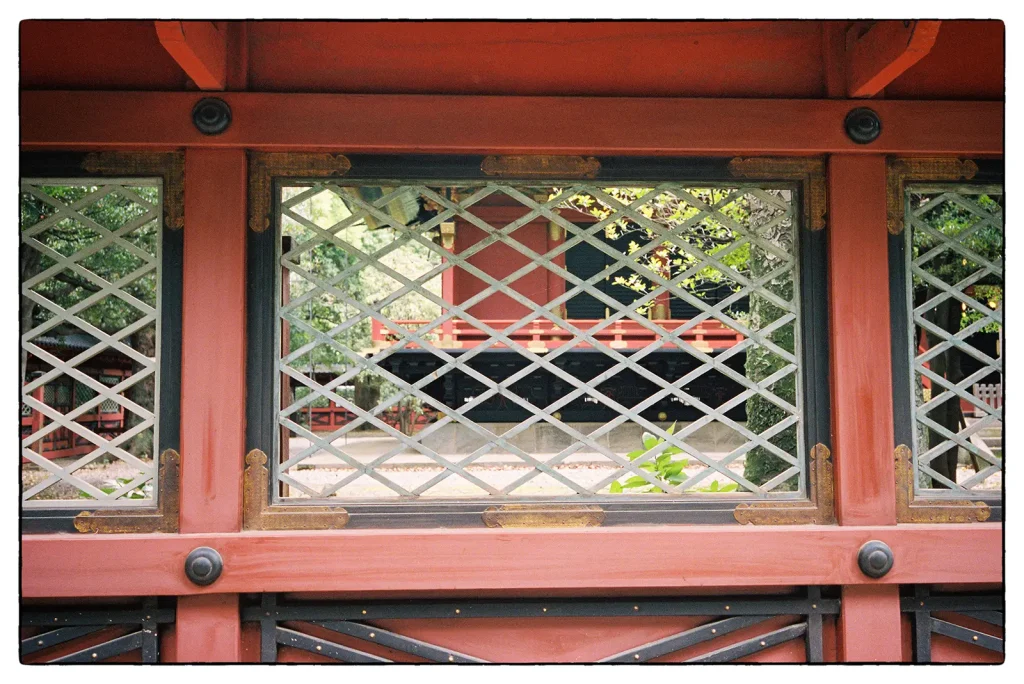
Granted, no contemporary Voigtlander camera body is going to stir the soul like a classic Leica M-mount rangefinder. They are utilitarian, simple and efficient. And they have a long lineage; I swear that a Yashica FX-3 SLR from the early 1980s that I own is essentially the same Cosina body as my R2C. Still, while the R2C may be lacking in pedigree, it is a solid light-tight box to which you can mount some of the greatest rangefinder glass produced in the 20th Century.
Indeed, the Voigtlander Bessa R2C is a throwback, an all-manual camera body. You set everything yourself by turning dials – this is the experience FujiFilm channeled in designing it’s X100 series, and it’s other retro-styled bodies. For those of us of a certain age who grew up with metered, manual focus 35mm cameras – my first serious camera was an early 1970s Nikkormat – using the Voigtlander R2C is like coming home. The meter is responsive and accurate for what it is, and the film advance lever allows a shooter to advance the roll without having to pull the camera away from your face to turn a film advance knob.
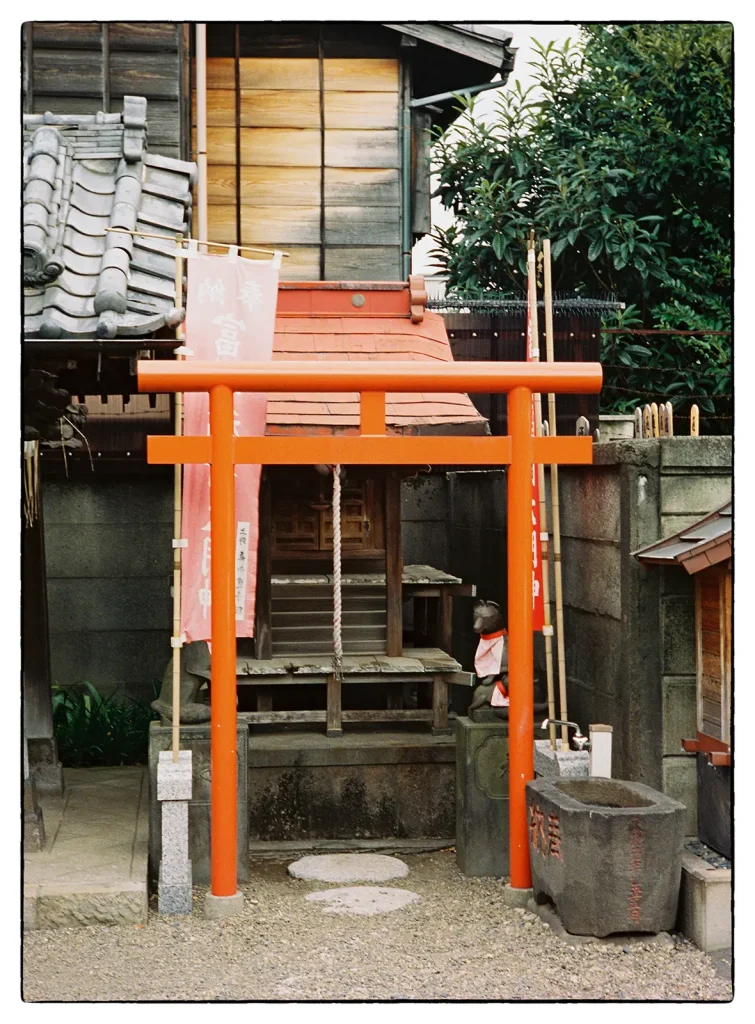
As for the glass, I find I use the 50mm F1.5 Sonnar the most of the four lenses that I own. However, the 35mm F2.8 Biogon is a close second. I love the Nikkor 85mm F2 – it’s a gorgeous hunk of shiny silver metal and pristine glass. It’s similar to the Zeiss glass – very sharp, particularly around F5.6, but out of focus areas make for excellent subject separation.
I don’t use the Zeiss 135mm F4 Sonnar much, though given the Contax IIa’s relatively long rangefinder base length it’s fairly easy to focus. The lens is harder to accurately focus on the Voigtlander R2C, which has a much shorter rangefinder base length.
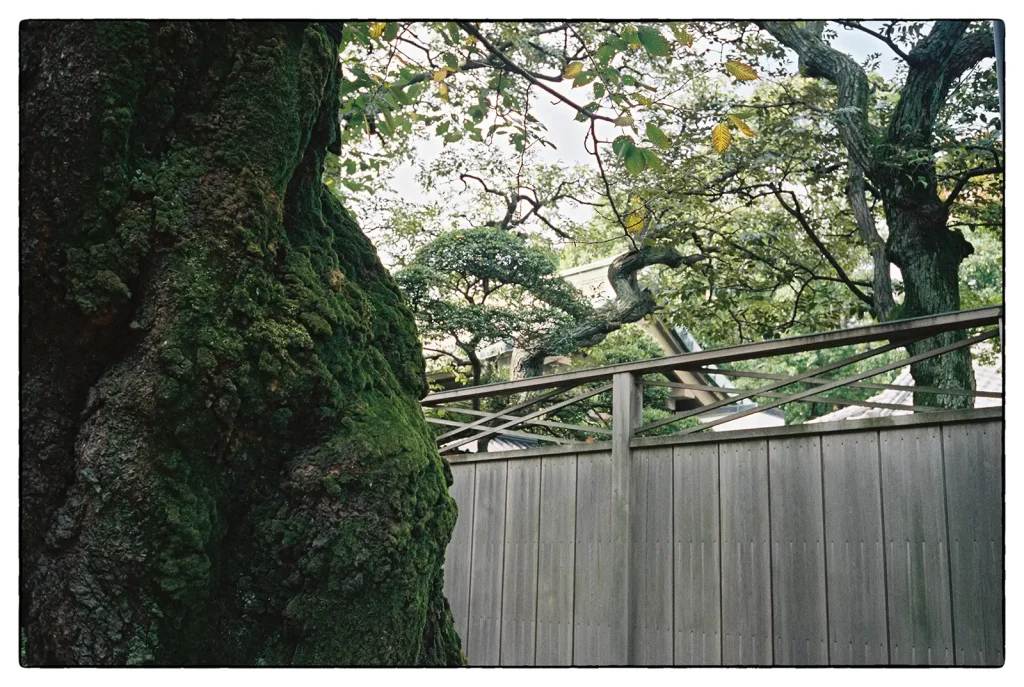
I found the 85mm Nikkor in a Nikon-only used camera shop in Tokyo. It appeared all but new and the glass was clear. Interestingly, I sent the Nikkor lens to Zeiss camera repair guru Henry Scherer of ZeissCamera.com fame – more on Mr. Scherer in a moment – for an overhaul. His analysis: it was likely a very good shooter as it was clear the lens had been used a lot but was in excellent condition. He lubed it with a nano-particle lubrication, cleaned the lens elements, and calibrated the focus. The focus and aperture are as-new smooth to the touch.
I was fortunate to be able to source the Contax IIa body and three Zeiss lenses from Mr. Scherer in the days when he offered that service. As part of the purchase price, he also serviced the body and lenses. He also sourced and serviced a Zeiss multi-focal length turret viewfinder. While Mr. Scherer still services all Zeiss cameras and lenses – his popularity and the excellent work he does is evident in long wait times — unfortunately he no longer will source a kit for customers.
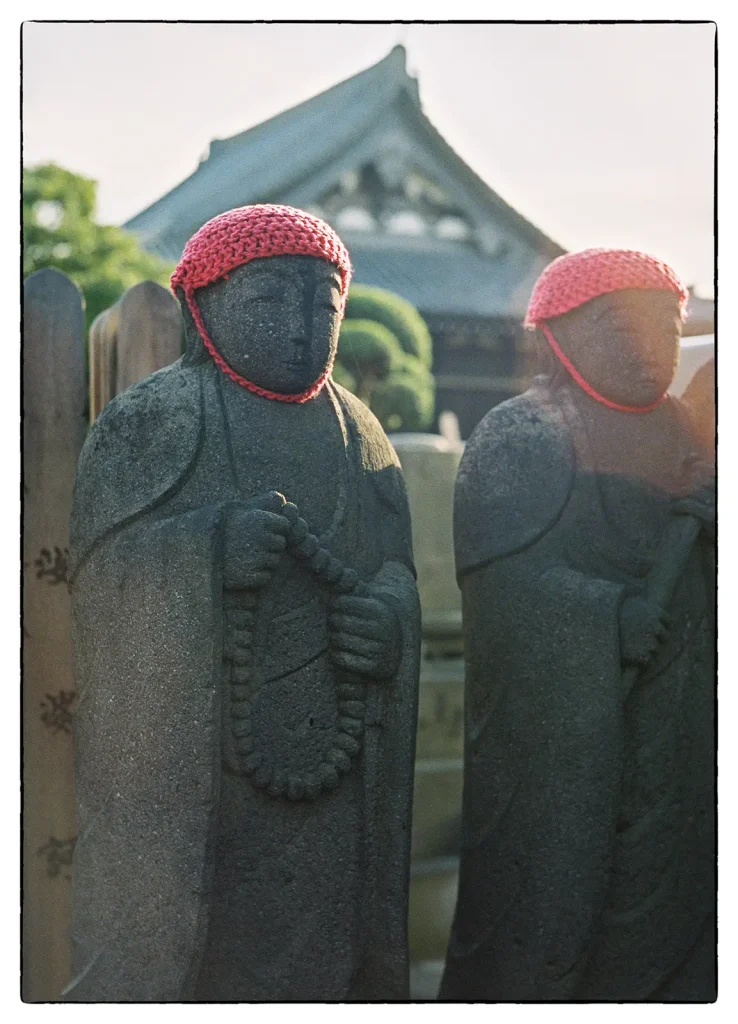
The Voigtlander Bessa R2C, the Zeiss Contax IIa as a back-up body, and the 35mm, 50mm and 85mm lenses is my go-to travel kit when I’m shooting 35mm. It makes for a relatively light bag, particularly if I leave the Contax IIa in my hotel room in the in-room safe.
I’ve included some photos taken with this kit in Tokyo. A Tokyo-based friend and fellow photographer, Ken Enochs, and I explored the Nezu Shrine and surrounding area, a quiet neighborhood within walking distance of the more popular Yanaka district and bustling Ueno Park. Most of the shots were made with the 50mm Sonnar.
The Voigtlander Bessa R2C was loaded with Kodak Portra 400, and the camera’s meter was set for ISO 200, a stop over the box speed of ISO 400.
If you’ve got a Zeiss Contax rangefinder mount lens or lenses, the Voigtlander Bessa R2C body is the way to go. It’s a modern camera body for classic lenses that can easily hold their own with modern optics.
My website: www.floydtakeuchi.com
Share this post:
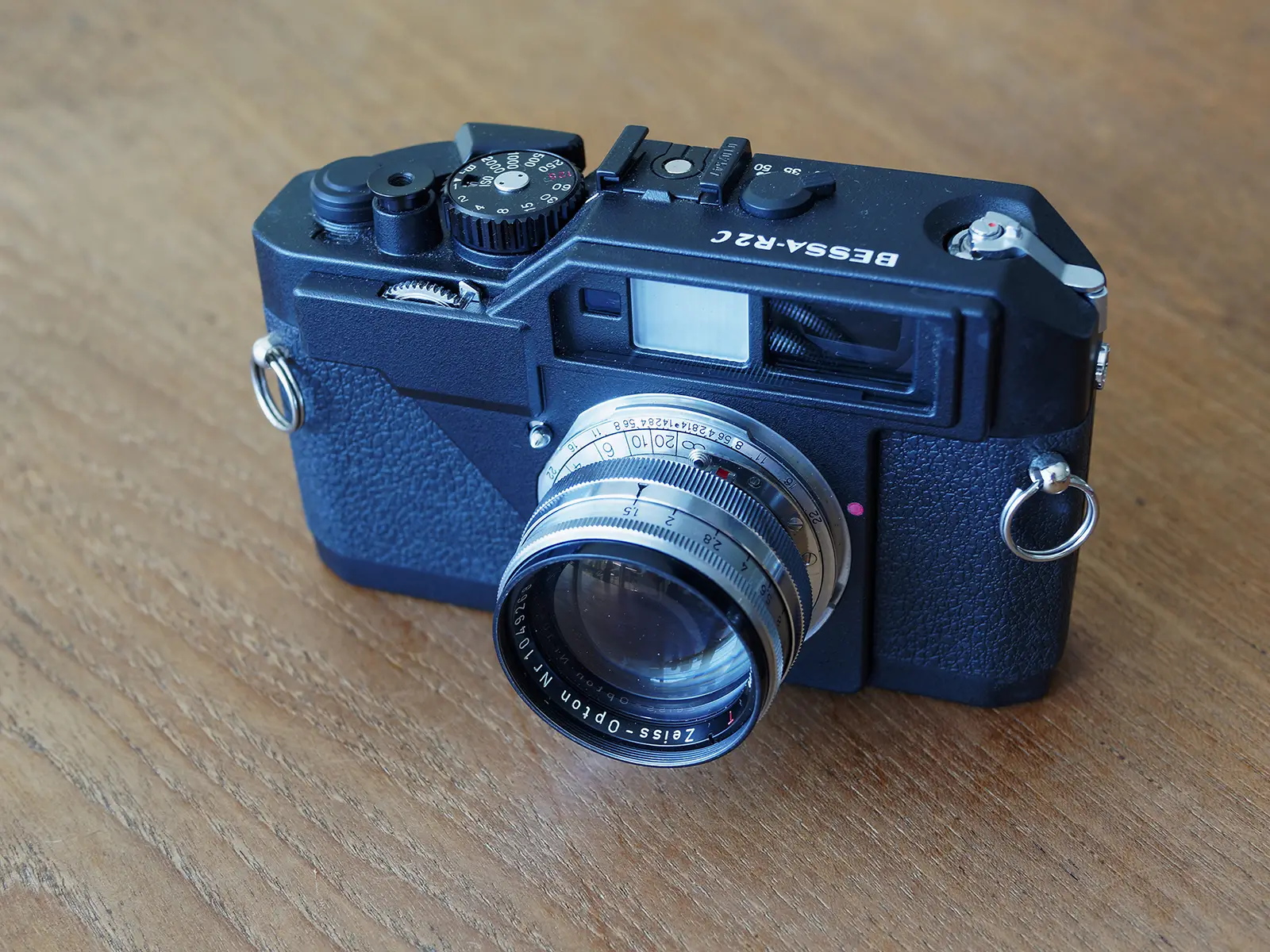








Comments
Scott Edwards on Voigtlander Bessa R2C Review- What Is Old Is New Again – By Floyd K. Takeuchi
Comment posted: 08/06/2018
Terry B on Voigtlander Bessa R2C Review- What Is Old Is New Again – By Floyd K. Takeuchi
Comment posted: 09/06/2018
The R2C did arouse my interest when it was launched, but I resisted the temptation as although I could appreciate all the modern day updates which contribute to the reasons you like it, and which omissions on genuine Contaxes can be real issues for a modern day user, for me it didn't make much sense. The joy for me, as a Contax IIa user from around 1976 (my II, III and IIIa were later additions) is to use them as intended. The trials and tribulations of using classic cameras is what contributes to the fun factor.
However, given the age of the originals and with the potential for servicing/repairs issues, the R2C does make a lot of sense for those who love the unique rendering of the lovely Zeiss period lenses.
Tobias Eriksson on Voigtlander Bessa R2C Review- What Is Old Is New Again – By Floyd K. Takeuchi
Comment posted: 10/06/2018
Gary Smith on Voigtlander Bessa R2C Review- What Is Old Is New Again – By Floyd K. Takeuchi
Comment posted: 09/09/2025
Do you have any additional words that might tilt me in favor of an R2C at the current going prices?
Comment posted: 09/09/2025